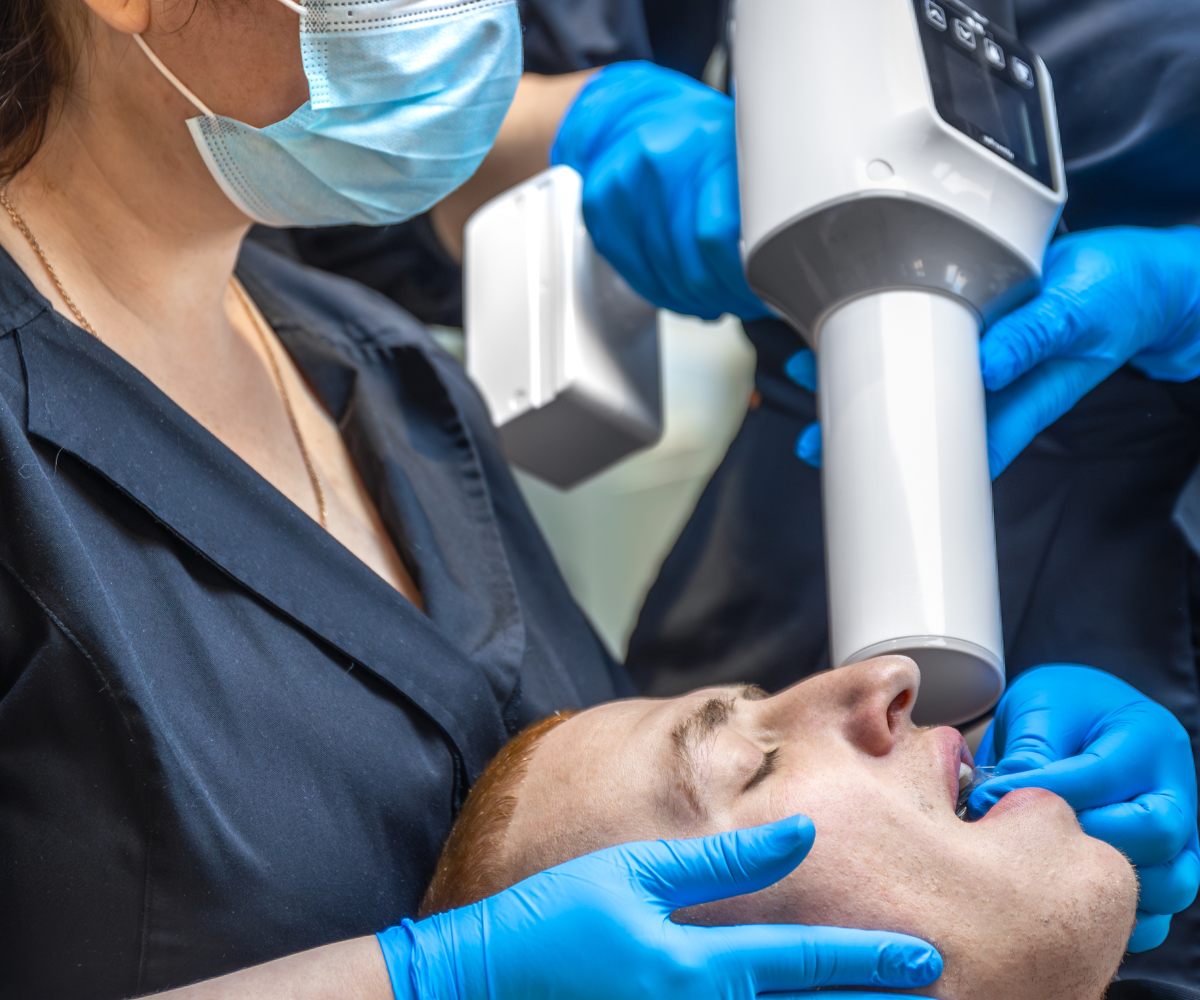Introduction: Revolutionizing Facial Reconstructive Care
3D scanner facial reconstruction is revolutionizing facial reconstructive treatment, which has traditionally involved multiple lengthy and uncomfortable appointments for patients needing prosthetics for teeth and gums, particularly after surgery for head and neck cancers. This technology reduces the number of visits, increases accuracy, and enhances patient comfort.
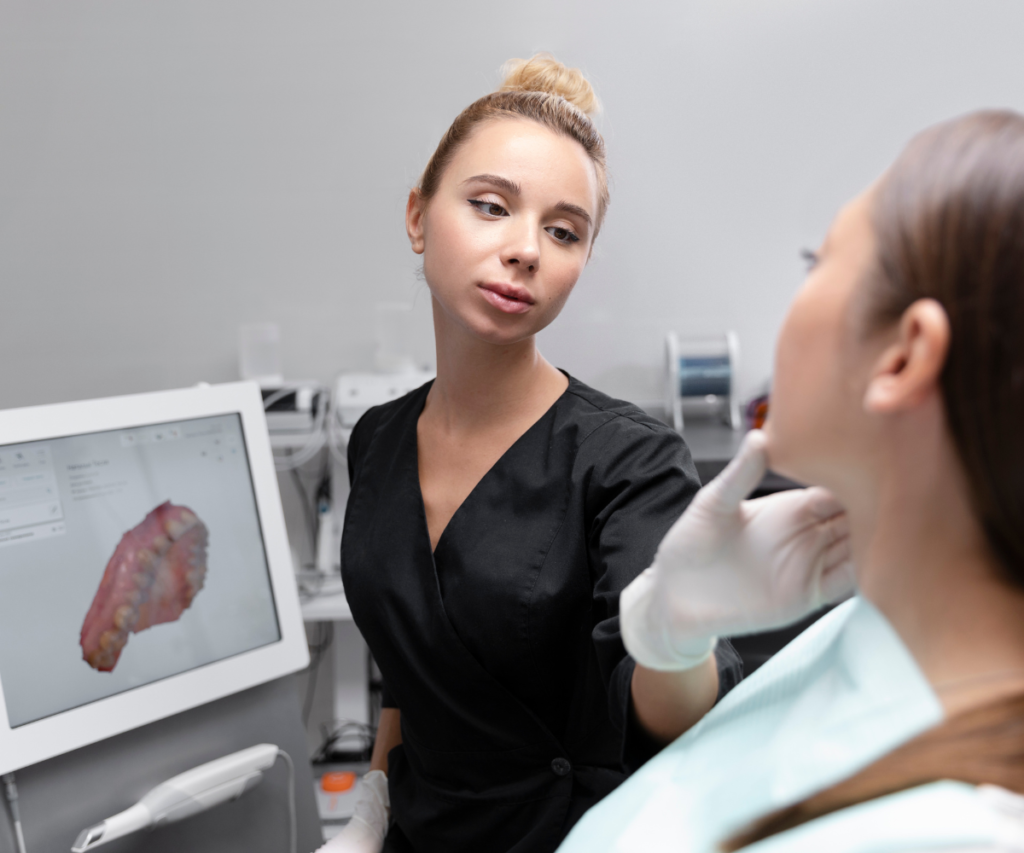
At Bradford Teaching Hospitals NHS Trust, the introduction of an intra-oral 3D scanner allows patients who previously required several consultations over weeks to complete a five-minute scan to map their oral structures. This innovation is streamlining facial reconstructive care while maintaining high standards of precision and patient safety.
How 3D Scanners Work in Facial Reconstruction
The intra-oral 3D scanner captures highly detailed digital impressions of a patient’s teeth and gums. Unlike traditional methods, which relied on viscous dental moulds that could cause discomfort or gag reflex, the scanner provides a quick, painless, and accurate mapping process.
Once the scan is complete, dental technicians can use 3D printers to create precise prosthetic teeth and gums tailored to each patient. These prosthetics are then fitted seamlessly, reducing the need for repeated adjustments and multiple hospital visits.
Reducing Patient Appointments and Improving Comfort
Before the adoption of 3D technology, patients often underwent viscous jelly moulds that could make them retch during procedures lasting two to five minutes. Following this, fragile plaster casts were produced in laboratories, which sometimes broke, necessitating further appointments.
With the 3D scanner, patients now benefit from a faster, more comfortable experience, with fewer disruptions to daily life. What used to take 10 to 12 weeks of consultations can now be accomplished with a single scanning session, greatly reducing physical and emotional strain for patients undergoing facial reconstructive treatment.
Enhancing Surgical Precision with 3D Models
One of the most significant advantages of 3D scanning and printing is that it allows surgeons to rehearse complex procedures before entering the operating room. Digital models enable medical teams to:
- Visualize the patient’s anatomy in detail
- Plan precise incisions and prosthetic placements
- Minimize errors during surgery
- Improve post-operative outcomes and recovery times
By simulating surgery in advance, healthcare professionals can anticipate challenges and tailor treatments for each individual, leading to safer, more effective facial reconstructive procedures.
Case Study: Bradford Teaching Hospitals NHS Trust
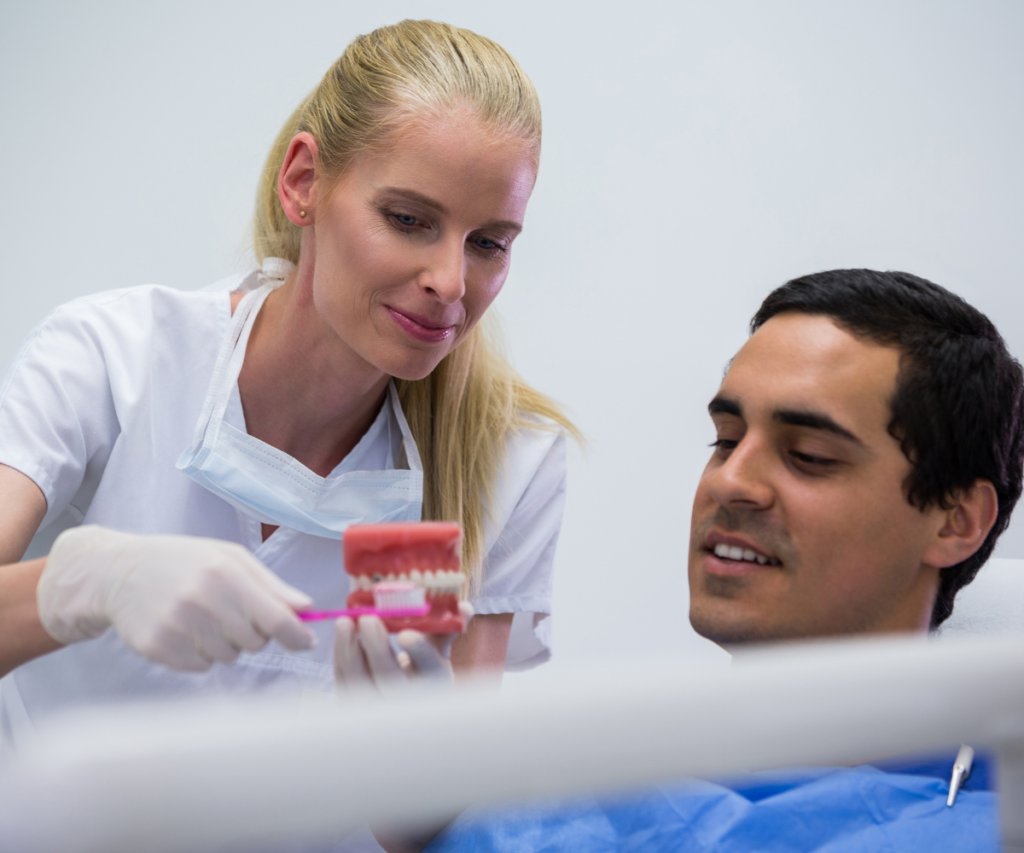
Ahmed Al-Khayatt, restorative dentistry lead at Bradford Teaching Hospitals, explains that this technology has dramatically improved patient experiences. “We can now provide a much more accurate, faster, and more comfortable experience for our patients,” he says.
Patients undergoing surgery for head and neck cancers can now receive tailored dental and gum prosthetics with far fewer appointments, ensuring continuity of care while reducing stress and discomfort. 3D scanner facial reconstruction.
Patient Testimonials and Impact
Laura Riach, director of Bradford Hospitals Charity, highlights that the 3D scanner and printer are already making a real difference in patient outcomes. Patients have reported:
- Reduced anxiety during appointments
- Fewer hospital visits
- Faster recovery times
- Improved confidence with natural-looking prosthetics
The technology is particularly transformative for patients recovering from cancer surgeries, who may face both physical and psychological challenges during treatment.
The Role of Charity and Funding
The acquisition of 3D scanners and printers often depends on charitable contributions. Bradford Hospitals Charity emphasizes that donations directly support technological advancements, enabling patients to benefit from cutting-edge medical care. 3D scanner facial reconstruction.
By funding innovative equipment, charities play a crucial role in:
- Reducing appointment frequency
- Enhancing patient comfort
- Supporting NHS hospitals in providing advanced care
Expanding Applications of 3D Printing in Healthcare
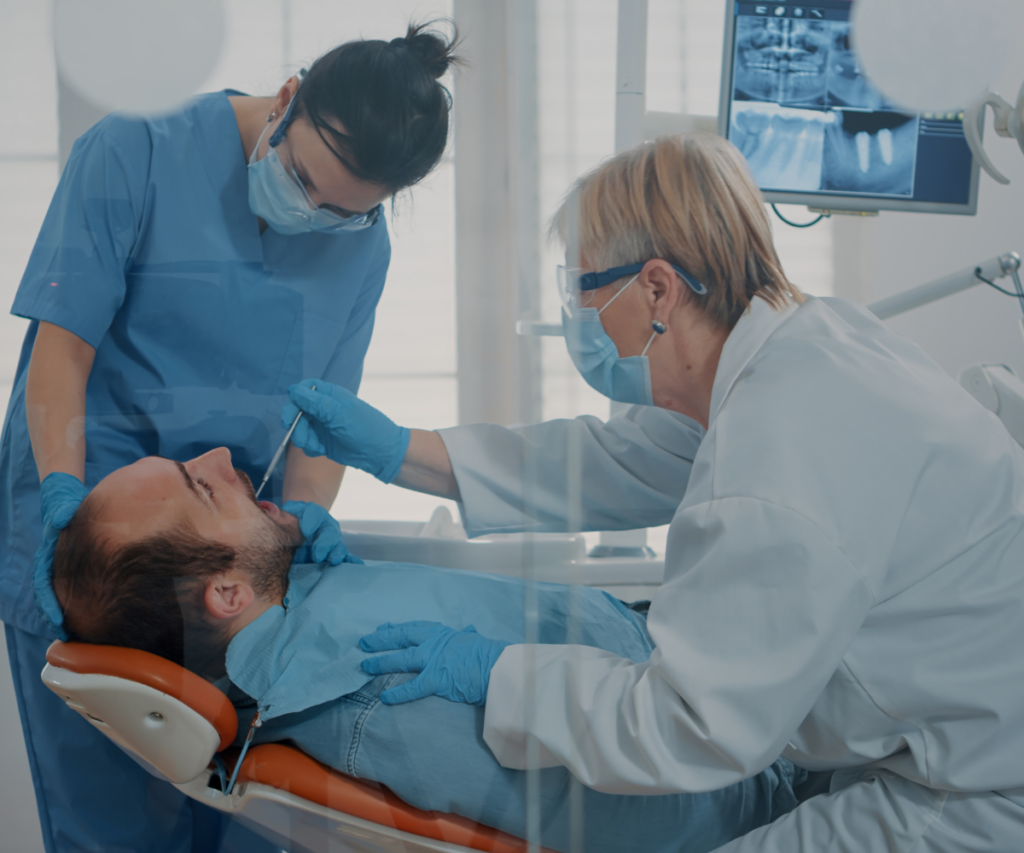
Beyond facial reconstruction, 3D scanning and printing are increasingly applied in:https://www.youtube.com/watch?v=kg5Dof4kOTA
- Orthodontics and dental prosthetics
- Maxillofacial surgery
- Prosthetic limb creation
- Pre-surgical planning for complex operations
The precision and efficiency of 3D technology make it a valuable tool for multiple medical disciplines, improving patient outcomes and optimizing hospital workflows.
Future of Facial Reconstructive Treatment
The integration of 3D scanning and printing in facial reconstructive surgery is just the beginning. Future developments may include:
- Fully automated prosthetic production
- Enhanced digital modeling with AI integration
- Remote consultations with virtual 3D visualization
- Personalized treatment plans using patient-specific simulations
These innovations promise to further reduce appointment burdens, enhance surgical precision, and provide patients with a more comfortable and efficient care experience.3D scanner facial reconstruction.
Conclusion: Transforming Patient Care with Technology
The introduction of 3D scanners and printers in facial reconstructive surgery represents a paradigm shift in healthcare delivery. Patients benefit from fewer appointments, improved comfort, and highly accurate prosthetics. Surgeons can plan complex procedures with unprecedented precision, while hospitals can deliver care more efficiently.
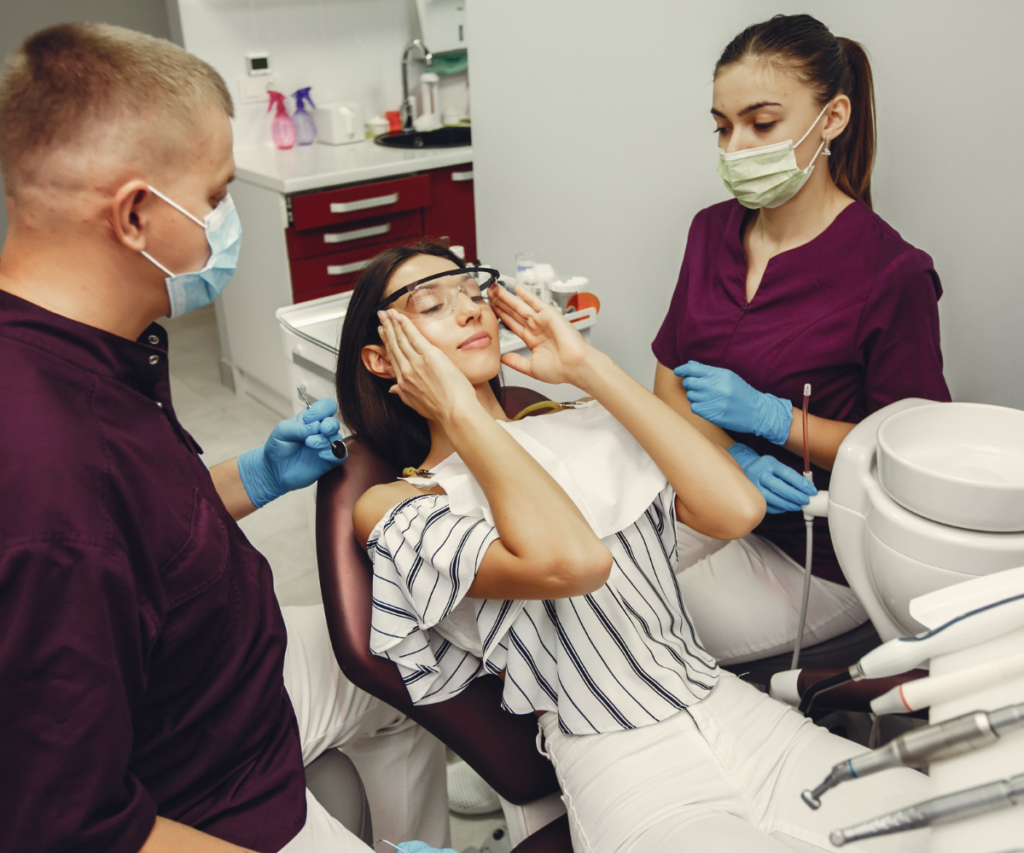
This technology, supported by charitable contributions and NHS investment, exemplifies how innovation can transform patient experiences, reduce stress, and improve clinical outcomes in facial reconstructive treatment.
